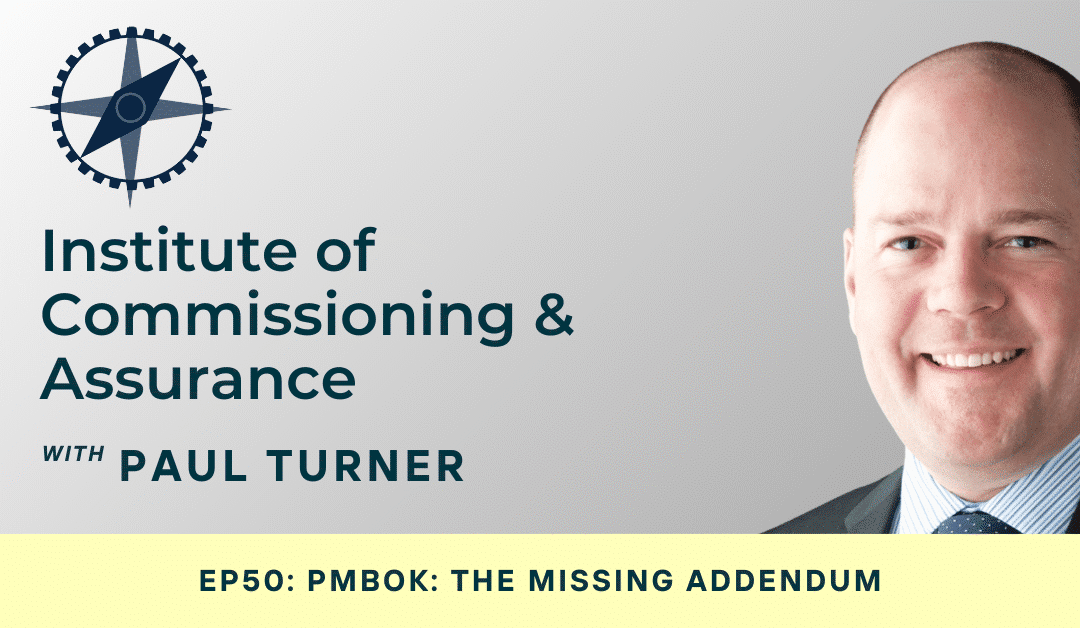The first is vision and strategy. So, right at the beginning of your project, the outcome to be achieved needs to be defined with that visionary leadership and that expert guidance right at the beginning to define the outcome and ensure everyone is working to that same outcome.
The third pillar is installation outcomes. So, not only installing equipment on the project, but installing with intention and installing with purpose in alignment with the outcome. A pump bolted to the ground is great, but if that pump doesn’t also function with the pipes, pumps, motors, valves, control systems, all those aspects, then the pump is useless. We need to install with a systems-based approach and a systems focus in alignment with the outcome so that we’re not just installing the pump, we’re installing with the intention to align with the outcome. Integration outcome—this is the process of making all the installed outputs actually function as a system. Integration is key.


Recent Comments